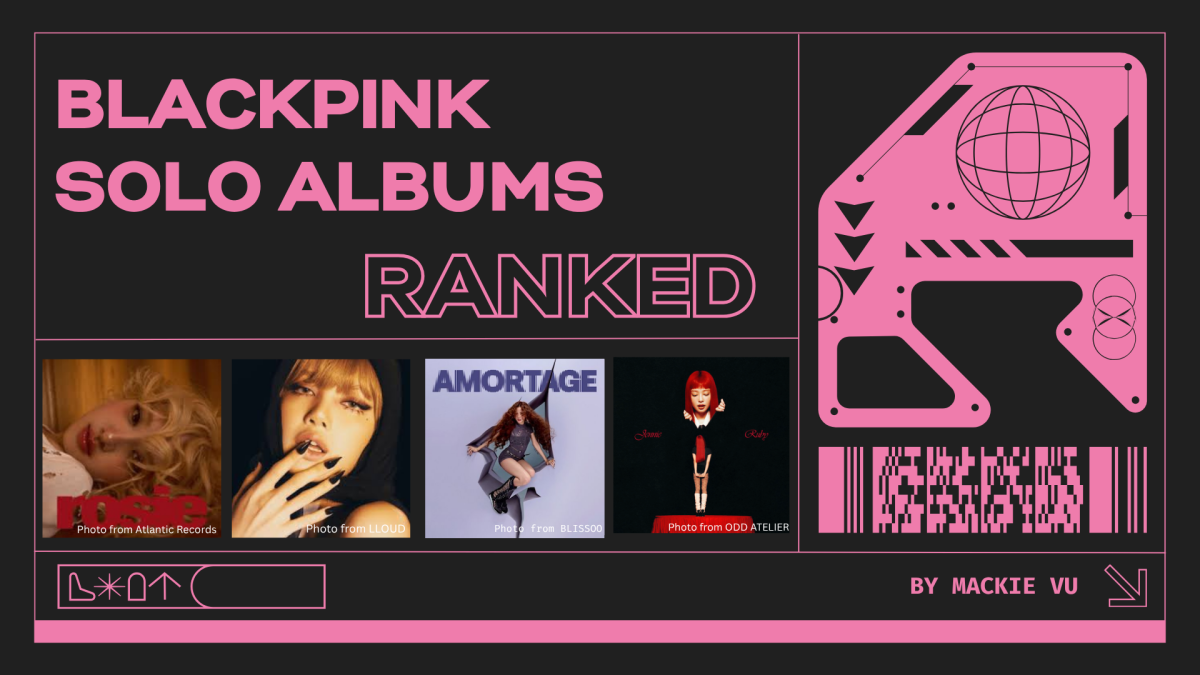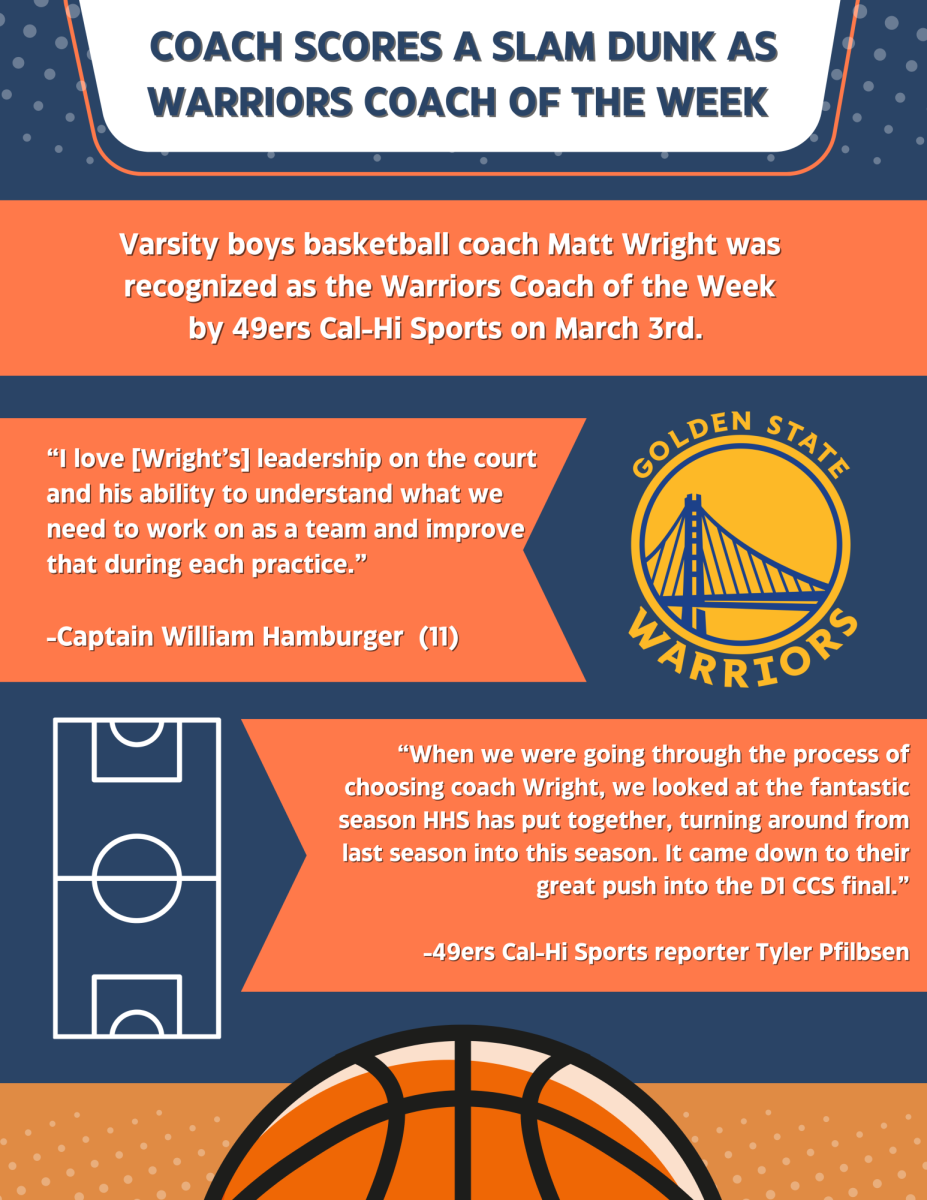From videos of Duo, the Duolingo bird, twerking in a thong to Wendy’s roasting people on Twitter, the trend of brands using provocative marketing strategies has surged in recent years. While some may see it as unprofessional, it is an ingenious way for companies to connect with a younger audience.

To start, the shock that comes from this kind of marketing helps it catch more attention, allow it to better promote a brand. These humorous elements create a memorable and enjoyable experience, allowing viewers to discover the company being promoted.
Duolingo is widely regarded as one of the pioneers of this kind of marketing, creating bizarre content on TikTok, such as videos of Duo threatening people to study Spanish. This effort to entertain connected better with Generation Z, as it felt more human, leading to the company’s explosive growth, according to RED Digital Marketing Group.
As part of Gen Z, I appreciate this kind of content because it feels fresh and interesting compared to traditional advertisements. As I doom scroll on Instagram reels, these unhinged reel ads capture my attention better than the ones directly trying to sell me something.
This kind of marketing is not just limited to videos. Fast food giant Wendy’s witty Twitter responses have helped grow its presence.
Not only do they use social media to roast people who insult their brand, but also to humorously put down competitors. For example, in 2017, they accused McDonalds of using frozen patties in a post where McDonalds claimed to use fresh patties.
These kinds of strategies helped Wendy’s balloon their follower count on Twitter from 2.1 to 2.4 million followers in just six months, ultimately seeing their net worth grow from $129.6 million to $194 million in one year, according to Medium. Their unhinged marketing clearly resonated well with customers new and old, growing the company’s recognition and favorability.
Though the adoption of this kind of marketing may feel a little strange, it is something more companies with younger target markets should try dabbling with. Rather than trying to connect with consumers by explaining their products, more companies should strive to entertain through this kind of marketing and reap the benefits of increasing popularity and revenue.





















